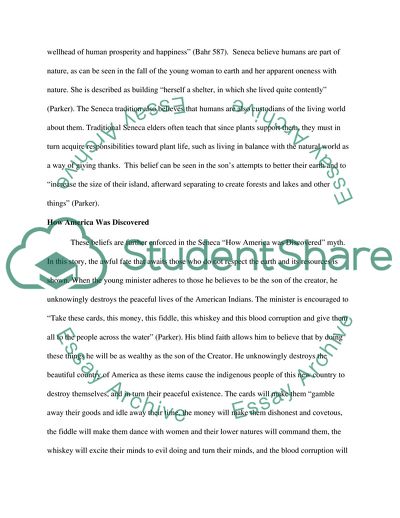Cite this document
(Native American Literature: Wohpe and the Gift of the Pipe and How Coursework Example | Topics and Well Written Essays - 1750 words, n.d.)
Native American Literature: Wohpe and the Gift of the Pipe and How Coursework Example | Topics and Well Written Essays - 1750 words. https://studentshare.org/literature/1732974-native-american-literature-wohpe-and-the-gift-of-the-pipe-and-how-america-was-discovered
Native American Literature: Wohpe and the Gift of the Pipe and How Coursework Example | Topics and Well Written Essays - 1750 words. https://studentshare.org/literature/1732974-native-american-literature-wohpe-and-the-gift-of-the-pipe-and-how-america-was-discovered
(Native American Literature: Wohpe and the Gift of the Pipe and How Coursework Example | Topics and Well Written Essays - 1750 Words)
Native American Literature: Wohpe and the Gift of the Pipe and How Coursework Example | Topics and Well Written Essays - 1750 Words. https://studentshare.org/literature/1732974-native-american-literature-wohpe-and-the-gift-of-the-pipe-and-how-america-was-discovered.
Native American Literature: Wohpe and the Gift of the Pipe and How Coursework Example | Topics and Well Written Essays - 1750 Words. https://studentshare.org/literature/1732974-native-american-literature-wohpe-and-the-gift-of-the-pipe-and-how-america-was-discovered.
“Native American Literature: Wohpe and the Gift of the Pipe and How Coursework Example | Topics and Well Written Essays - 1750 Words”. https://studentshare.org/literature/1732974-native-american-literature-wohpe-and-the-gift-of-the-pipe-and-how-america-was-discovered.


